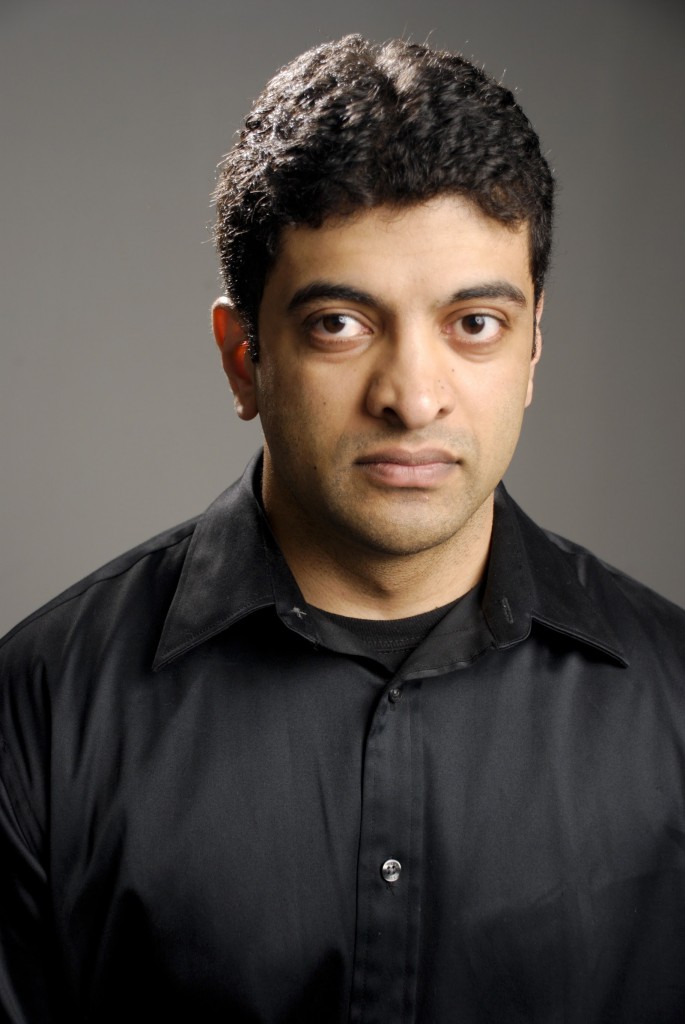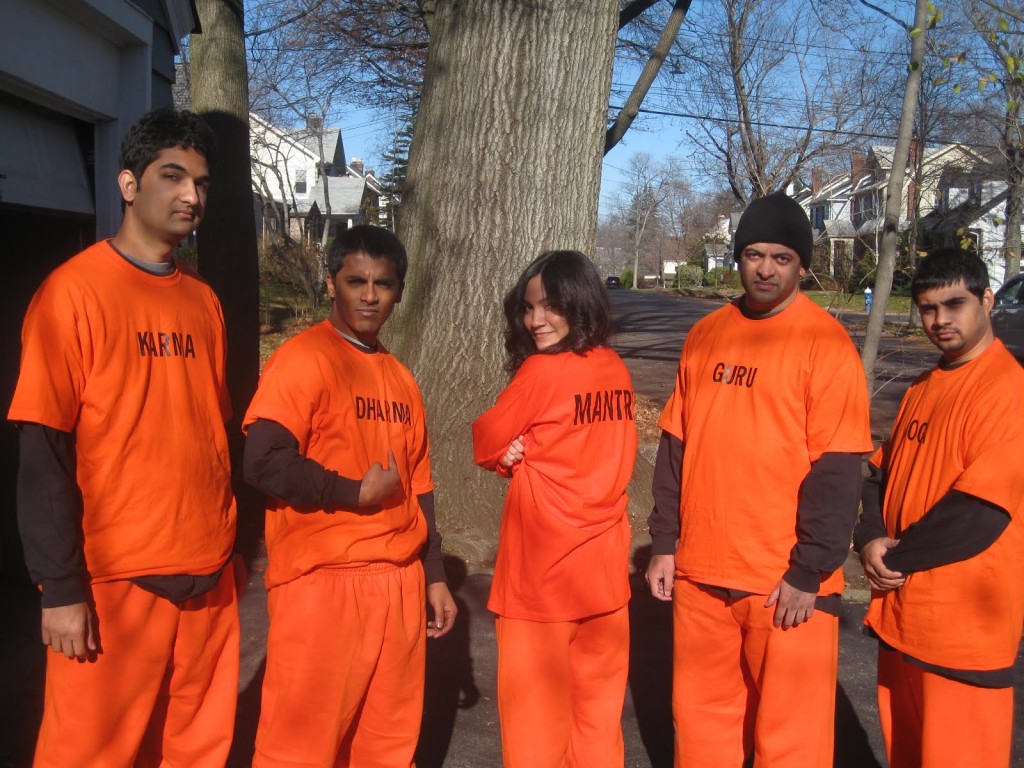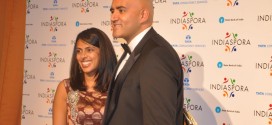By Devika Koppikar
Growing up in the Deep South in the aftermath of desegregation, my classmates often asked me why my mother wore a “red dot” on her forehead. Others asked me why, as an “Indian,” I didn’t wear feathers. It was my lifelong desire to dispel these misconceptions that led me to the screening of “Not a Feather, But a Dot,” on Monday, April 10 at Landmark E Street Cinema in Washington.

Filmmaker Teju Prasad, who grew up in New Jersey, created this film to explore “the nuances growing up as Indian-American, in the land of the ‘American-Indian’,” he stated in the film’s opening credits. Early in the documentary, Prasad interviews his mother, Geetha Prasad who shares how Americans stared at her “large red dot,” as soon as she debarked from her plane from India in 1979. “They thought I was bleeding,” said Mrs. Prasad.
This scene is followed by a Hindu priest explaining that the bindi (as the red dot is called) represents the center of consciousness or the “third eye” of our being. However, instead of delving deeper into the meaning of this sacred symbol or exploring how some Indian American children (and adults) face bullying because of their bindis, the film explored a plethora of Indian American stereotypes.
“I realized that I’ve compromised on a lot of detail,” said Prasad in a follow-up interview with AF. “But I wanted to present an all-encompassing film that would serve as a resource for people and also encourage discussion.”
Of note, the film explored how:
· American students tend to learn the sensational aspects of Hinduism in school such as the now-abolished practice of sati (where a widow would jump into their deceased husband’s funeral pyre). These sensational symbols are then carried into media-induced stereotypes as seen on the Simpsons or the movie Indiana Jones and the Temple of Doom.
· Most members of the American public, including business and political leaders, lack knowledge about Hinduism. For example, the documentary interviewed Sheetal Shah of the Hindu American Foundation, a Washington-based advocacy group, who shared how a Congressman asked whether she was a “Hindu Shi’ite” or “Hindu Sunni.”
· The words karma, dharma, mantra, guru and yoga have shed their Hindu identities to gain acceptable to the American public.
The film then segues into featuring interviews with Indian Americans who entered non-traditional professions including politics, law enforcement, television sports reporting, and acting, modeling and even adult entertainment. This portion of the film weaves into prominent South Asian history professor Vijay Prashad’s book The Karma of Brown Folks, which analyzes the “model minority myth.” Later, the film explores what might happen 100 years from with regards to the Indian community.
“After we cast off our original (ethnic) identities and stereotypes and assimilate into the melting pot, what happens? Do we want to be considered different? Or do we want to be acknowledged from as a community that is different, but that is not a bad thing?” said Prasad.
Prasad, who also works as a mobile developer got into film after he graduated with a Master’s in Electrical Engineering from Cornell University and moved to Los Angeles in 2001. The genre of film fascinated Prasad, who then attended the New York Academy of Film and has been making documentaries covering a wide range o topic ever since. While the DC film screening was a one-time event, Prasad has made his film available for libraries, schools and individuals at his website:
http://www.notafeather.info/notafeather/trailer2.html .
Asian Fortune is an English language newspaper for Asian American professionals in the Washington, DC metropolitan area. Visit fb.com/asianfortune to stay up to date with our news and what’s going on in the Asian American community.
 Asian Fortune Your source for all things Asian American
Asian Fortune Your source for all things Asian American


